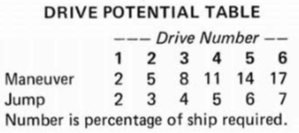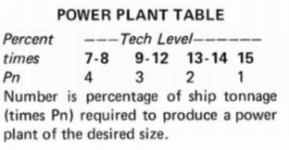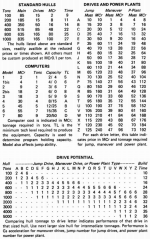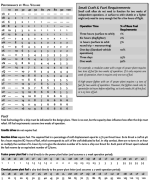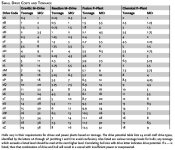Condottiere
SOC-14 5K
Assuming the technological level is the same, or close enough, starports would have three dee printers to make one off spare parts.
I would think the question would be cost and time, in relation to some factory mass producing the components.
In terms of artisanship, I used to hear stories of cars breaking down in the middle of nowhere, and the local mechanic reproducing the broken part, until electronics got in the way.
I would think the question would be cost and time, in relation to some factory mass producing the components.
In terms of artisanship, I used to hear stories of cars breaking down in the middle of nowhere, and the local mechanic reproducing the broken part, until electronics got in the way.

